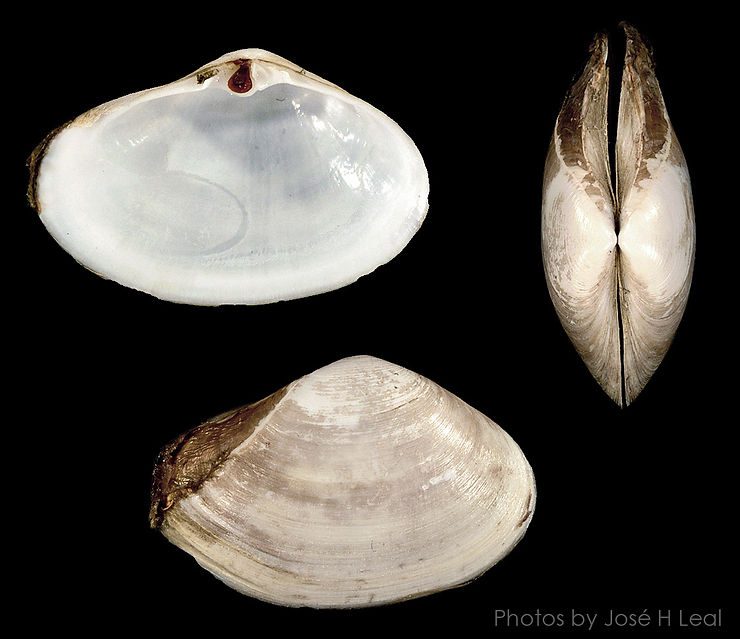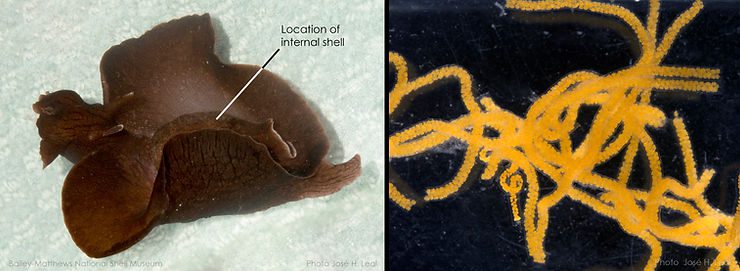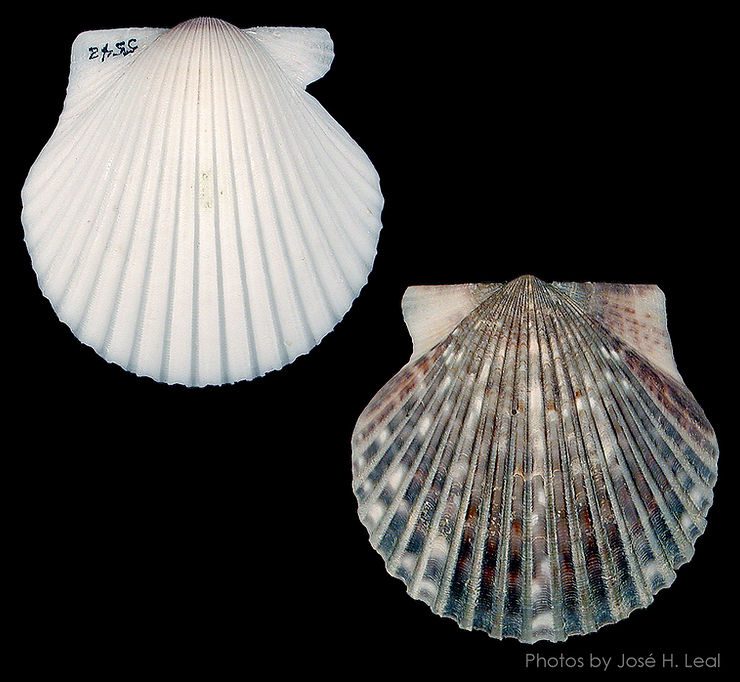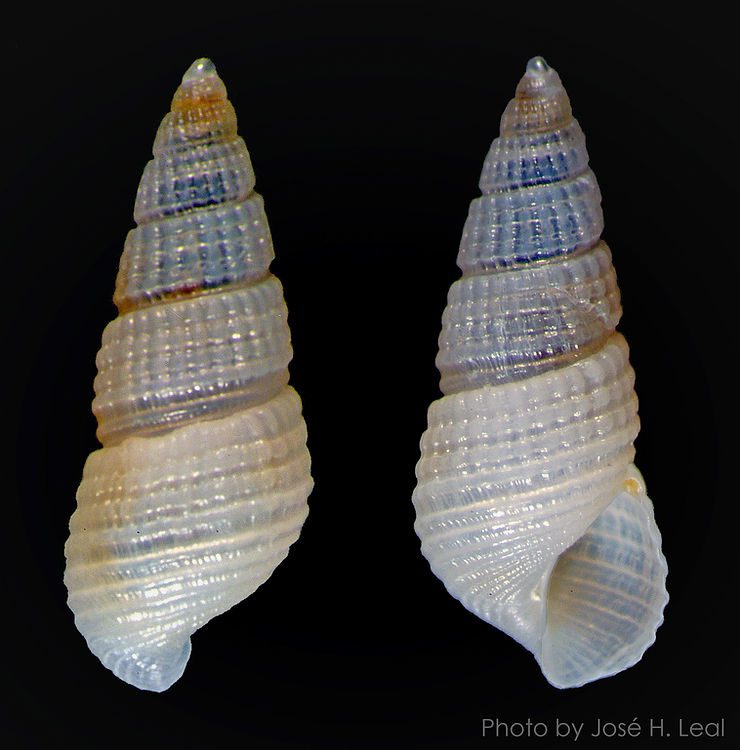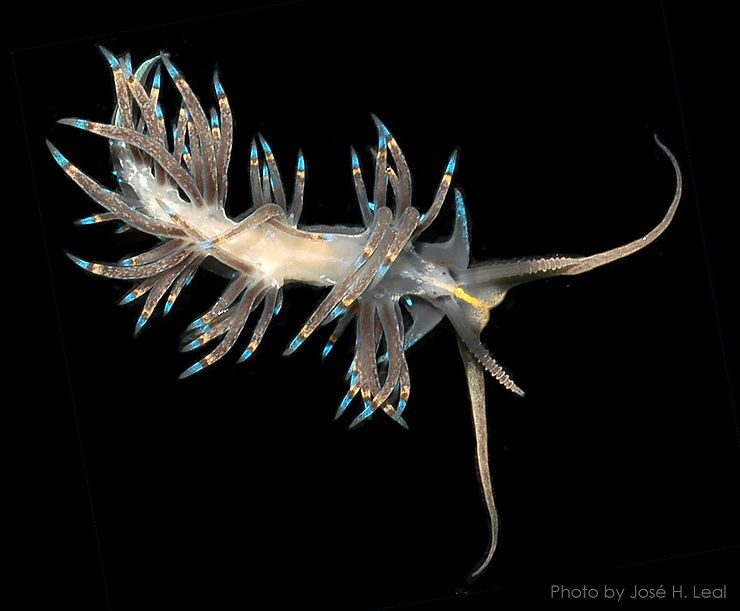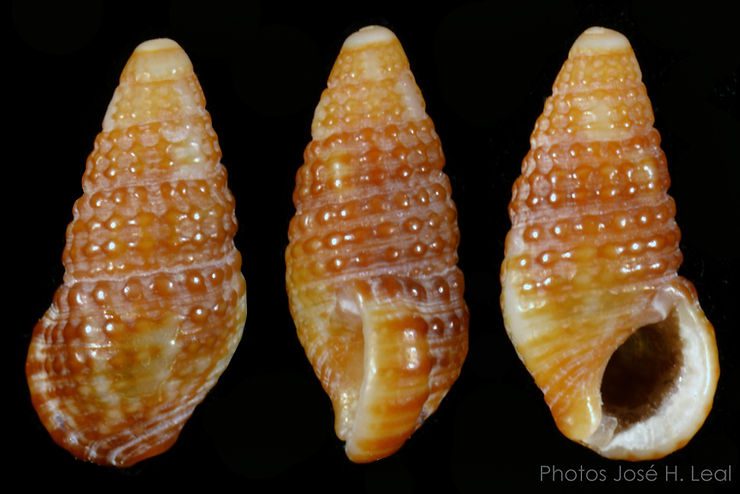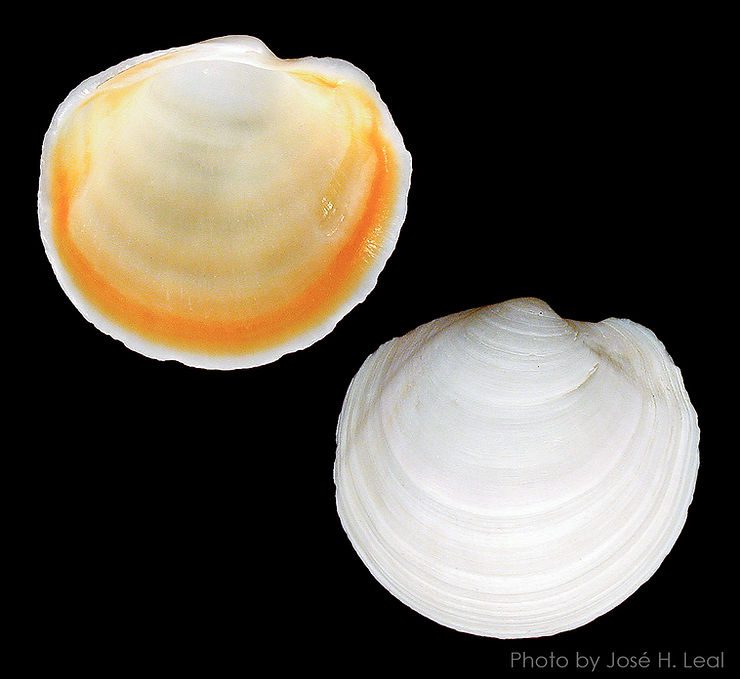
The Buttercup Lucine
The Buttercup Lucine, Anodontia alba Link, 1807 is a local clam belonging to the diverse family Lucinidae. Its shell may reach about 50 mm (about 2 inches) in length, and is circular, inflated, with many fine, commarginal (concentric) growth lines. The color is mostly dull-white, and the internal surface of the shell valves is bright-yellow to orange. Lucinids are mostly filter-feeders that also host symbiotic bacteria in their gills, which provide them with an additional source of food. The But
